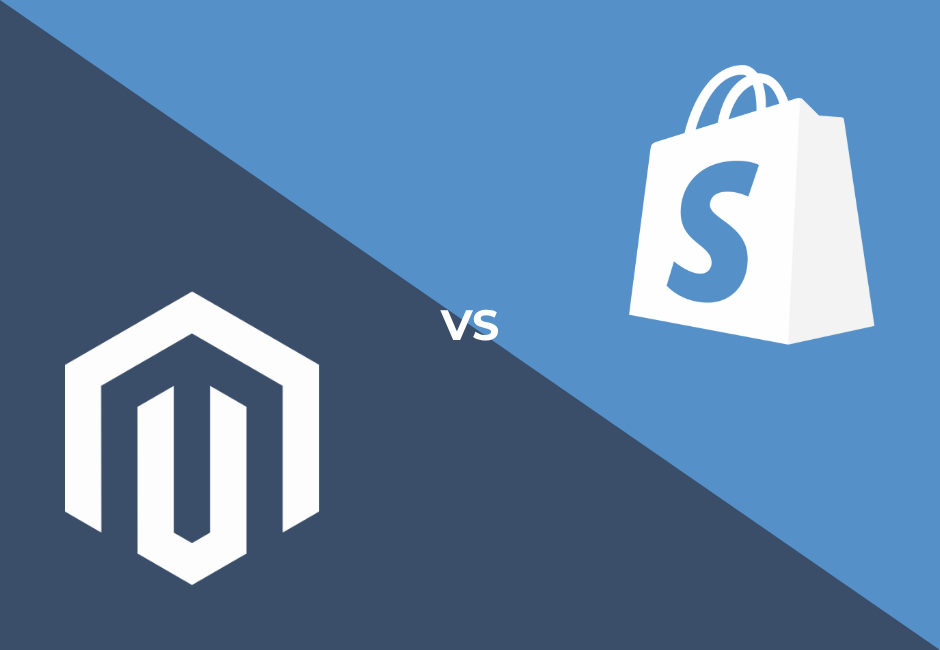How to Fix “Crawled Currently Not Indexed” in GSC
The technical SEO experts at 20North break down the “crawled - currently not indexed” issue in GSC.

How to Fix “Crawled Currently Not Indexed” in GSC
As every website owner or digital marketer knows, visibility is the key to the success online. Moving the needle on visibility means ensuring that content is not just seen but indexed by search engines like Google. Often, you'll find yourself in a situation where your page has been crawled by Google but remains unindexed. This scenario is flagged in the Google Search Console (referred to in the industry as GSC) as "Crawled - Currently Not Indexed," a common issue that many SEO professionals have to navigate. If you've encountered this message, you're not alone, and it's something that you should take action on immediately.
What does the "Crawled - Currently Not Indexed" status mean? To put it simply, it refers to situations where Google has visited or "crawled" your webpage, but for various reasons decided not to include it in their search index (search results). The importance of being indexed by Google cannot be overstated. Indexing status plays a critical role in how your content becomes discoverable through Google search, making it a vital aspect of your SEO strategies.
Understanding Google Indexing and Search Console
Before we jump into solutions, let's first gain a solid understanding of key concepts such as Google's indexing process and what Google Search Console is all about.
What is Google Search Console?
Google Search Console is a free toolset provided by Google that gives you insights into what Google sees when it visits your website. It includes a wealth of data about search engine traffic, technical updates, index coverage issues, and crawl stats, to name a few. One of its most useful features is its ability to break down the indexing status of your website pages, offering insights into the indexing process.
What is Indexing?
Now, what does it mean when Google indexes a page? The process starts with Google's web crawlers, also known as spiders, visiting a page on your website (this is known as crawling). Once the crawl is complete, the data is processed and, if found useful, the page is added to Google’s search index. This significantly increases its visibility as it can bring in users organically.

Understanding Index Status
Indexed
This is the desired condition for most web pages. Indexed status means that Google has successfully crawled and added your page to its search index. Indexed pages can appear in Google search results, making them discoverable by users.
Indexed, Not Submitted in Sitemap
This status applies when Google has indexed a webpage that you haven't included in your website's sitemap. While it's not required to include every page in your sitemap, it's usually good practice to do so for important pages.
Crawled – Currently Not Indexed
This is the problem state we are addressing in this blog post. Pages with this status have been crawled by Google’s spiders, but have not been added to the search index. As a result, despite Google being aware of these pages, they will not appear in any Google search results.

The process of Google indexing might seem a bit convoluted, but understanding these basics will go a long way in helping you manage your website’s SEO effectively.
Reasons Why Your Website is “Crawled - Currently Not Indexed”
Every web page plays by Google's rules, and those that don't meet specific criteria can end up being left out of the index despite being discovered and crawled by Google. Let's identify some of these common technical issues so that we can establish an appropriate approach to addressing them.

Orphan Pages
First off, we have what's known as orphan pages. These are web pages that exist on your website but aren't connected to the rest of your site via internal links. As they're hard for Google's crawlers to discover, it becomes challenging for Google to evaluate their relevance, often resulting in non-indexing.
Solution: If you have orphan pages, establish a solid internal linking strategy. Internal links are the best way to improve UE by making it easier for users to navigate your site. Since Google navigates and understands your site through linking (a link serves as a bridge for Google's crawlers to travel and better understand your site) this also makes it more likely for Google to index your pages.
Creating High-Quality, Unique Content
When it comes to content, both quality and uniqueness matter. Google strives to offer the best user experience by serving high-quality content. Therefore, pages with thin content (content that offers little to no value to users) or duplicate content (content that's the same as content on other pages) may be looked over during the indexing process.
Solution: For thin content issues, the answer is simple: Focus on improving your content quality. Aim to provide user-oriented, valuable content that demonstrates your expertise in what you do. This could involve rewriting sections or adding more user-oriented information to high-intent pages. Remember, Google's goal is to serve users with the most relevant and valuable search results based on a user's search intent. For duplicate content issues you have two courses of action:
- Remove one of the pages altogether.
- Place a canonical tag on the URL you want to show up in search results.
Noindex Tags
Similarly, the use of a noindex tag can directly cause your pages to be unindexed. This tag, when placed in your page’s HTML, tells Google not to index the page. While this tag can be useful for pages you don't want to show up in search results, incorrect placement can lead to important pages being unindexed.
Solution: To deal with noindex tags, revisit your HTML and remove this tag if it has been mistakenly placed on an important page. Remember, any page with a noindex tag can not be added to Google's search index, no matter its content quality or relevance.
Monitoring Your Crawl Budget
Another concerning factor could be the Google crawl budget. This term refers to the number of pages Google's crawler is willing and able to crawl on your site within a given timeframe. If your website has a lot of pages, particularly less important ones like low-quality content or duplicate product pages, Google might exhaust the crawl budget before getting to the important pages, leaving them unindexed.
Solution: To address crawl budget issues, reduce the number of unimportant pages on your site to ensure Google's spiders use their time efficiently. This can involve setting certain pages to noindex or removing them altogether.
Understanding these specific causes will help you solve the problem and avoid the “Crawled - Currently Not Indexed" issue down the road.
How to Fix “Crawled - Currently Not Indexed” Status
Now that we've established some common reasons behind the dreaded "Crawled - Currently Not Indexed" status, let’s take a look at how you can solve them.

The URL Inspection Tool in GSC
The simplest way to get a page indexed is by using Google Search Console. This can be done by using the URL Inspection Tool at the top of the page in GSC. This feature allows you to examine individual URLs on your website and gain a deeper understanding of how Google's search engine sees these pages. Beyond gaining insights, the URL Inspection Tool allows you to manually request indexing by Google.
The Index Coverage Report in GSC
The next important feature within Google Search Console is the Index Coverage Report. This report will provide you with a list of pages on your website that Google has tried to crawl but hasn't added to its search index. The report also offers reasons as to why these pages weren't indexed. This information can be invaluable in pointing you toward what might be blocking your page from being indexed. It is also the easiest way to see all of the pages on your site that are not being indexed by Google.
Download the Shopify Instant Indexing App
Being digital marketers by trade, this issue is one that we come across A LOT. For that reason, we have developed a Shopify Instant Indexer app. When you publish new pages on your Shopify store, our indexer app ensures they are indexed on Google automatically without having to manually request indexing in GSC. This way, you can concentrate on running your business and leave the technicalities of Google to us.
How 20North Can Help
While the steps we've highlighted are straightforward in theory, we understand that implementing them can be a technical challenge. Addressing SEO issues often calls for expert help, and this is where 20North Digital Marketing comes in.
20North Digital Marketing is an established player in the arena of digital marketing. We specialize in SEO, Web Development, Paid Media, and Email Marketing. More specifically, our team of SEO experts understand Google's intricacies like the back of their hand and can help you effectively address issues like "Crawled - Currently Not Indexed."
Get in touch with us and let's make Google work for your business!



